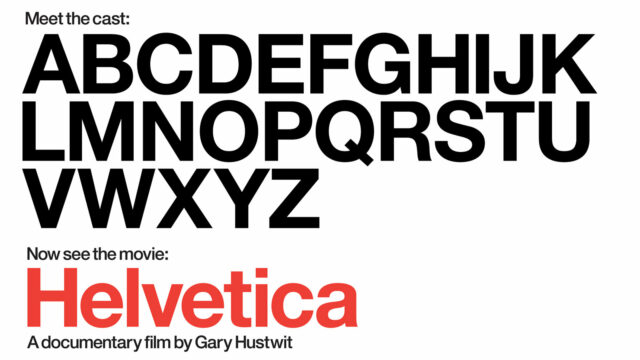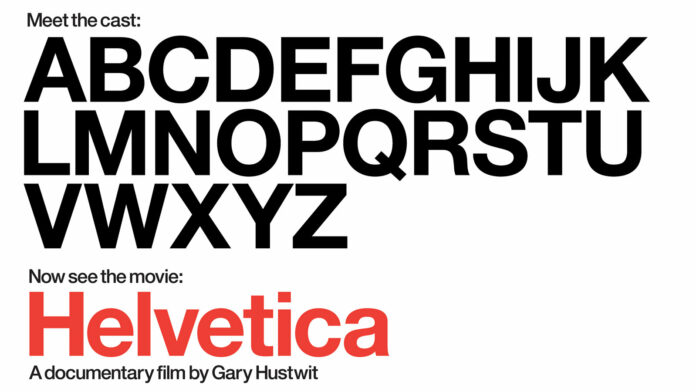
A glimpse into the legacy of academia’s poster font
All night is spent pounding away at the keyboard. The deadline nears and the six-page requirement is just on the horizon. Jacked up on three Yerba Mates, you finally hit your goal and release an exasperated sigh of pent-up anxiety. You do a once over to make sure the formatting is correct. Double-spaced? Check. Numbered pages? Check. Bibliography? Check. Times New Roman?… S–t, it’s Calibri. You scroll through the font settings and brace yourself for impact. How bad is it going to be this time? It’s a heart-wrenching half-page shorter, and the tap, tap, tapping away begins once again.
Times New Roman for humanities and liberal arts majors like myself is as ubiquitous as the scurry of squirrels frolicking in the Quad. Nearing the tail-end of my college career, I took a step back and asked myself a question I had never summoned up the time or energy to do before: Where did this all-consuming font come from and why has it become the golden child of academia? Why not Calibri or Arial or, God help me, Futura? To address this question, we have to jump into the past and across the Atlantic.
The year was 1931, and Stanley Morison, a typographer for the British division of the foundry Monotype, wrote an article criticizing the design quality of the London periodical — The Times — font. Morison found their font, posthumously referred to as Times Old Roman, as legibly inadequate. In retaliation, The Times challenged Morison to design something better. Morison obliged.
He had a hefty task on his plate, as the font had to retain the utmost clarity while also using space efficiently so that the newspaper could maximize the number of words per page. Morison drew his inspiration from the font Plantin, which itself had drawn inspiration from the 16th Century font Gros Cicero.
Morison supervised the project working alongside fellow typographer Vincent Lardent. Together they reduced the spacing (or “tracking”), narrowed the letters in the original Plantin and made other minor adjustments. The reduced tracking and narrowing is the reason why the font usually condenses the space of any written work. One year later, in 1932, Times New Roman was born, and it became the first font designed specifically for a newspaper. The Times had been using Linotype — Monotype’s main foundry rival — for all of their typesetting and printing needs. This forced Monotype to license the “Times New Roman” font to the Linotype company. As a result, there are now two nearly identical versions of Times New Roman. One being the original Monotype font Times New Roman and the other being a Linotype remake known simply as Times Roman.
Times New Roman has risen to prominence across academia and the legal field due to its space efficiency and clear legibility. In the last 90 years, there has not been a true challenger to its primacy. I was curious as to how fellow students perceived the font — was it timeless or dated?
Cathie Crossan, a fourth-year communication major, said she personally finds Times New Roman crowded and lacking inspiration.
“I think that sometimes it makes information on a page look ten times more intimidating than what the information actually is, and it’s extremely boring to read,” Crossan said. “If I’m reading notes that I took in Times New Roman, I just start glazing over the page.”
In defiance, Crossan opts to write and edit her papers in Comic Sans; choosing to switch to the required Times New Roman after she has finished. In comparison, she finds Comic Sans to be a much less intimidating companion and also noted an increased ability to digest information.
“I like Comic Sans because it just makes reading seem less intimidating,” Crossan said. “And when I go back to my notes to study for exams, I have an easier time reading it compared to Times New Roman.”
Eleanor Bemis, a third-year design and communication double major, reflected on the font’s austere and professional characteristics.
“The Times New Roman is definitely a male, probably older,” Bemis said. “He is a lawyer or a banker or in a serious profession where he went to grad school and sits in his mahogany office. I would say he’s a little bit more reserved — like, clear and concise. Maybe he smokes cigars, but not in a fun way — in a stuffy way.”
Although acknowledging its “stuffy” characteristics, Bemis appreciates the font for its ability to fade into the background and facilitate the reading process.
“Most books are in Times New Roman,” Bemis said. “That’s because it’s easy to read. That’s because you don’t notice it. And that’s the beauty of the font is that it doesn’t stand out to you, it doesn’t distract you from the content.”
Miki Wayne, a third-year English and political science double major, noted that although Times New Roman is not her favorite font, she has grown fond of its consistency across her work.
“I think it’s kind of timeless,” Wayne said. “I am the kind of person who uses the same pen for all my notes, and I like consistency. It’s kind of nice and visually pleasing to see that all my papers in all my classes have the same font.”
Perhaps not stylish, certainly not flashy, but always consistent, Times New Roman has etched itself into our lives. As for the foreseeable future, it looks like the Honda Civic of fonts is here to stay.
Written by: Andrew Williams — arts@theaggie.org





